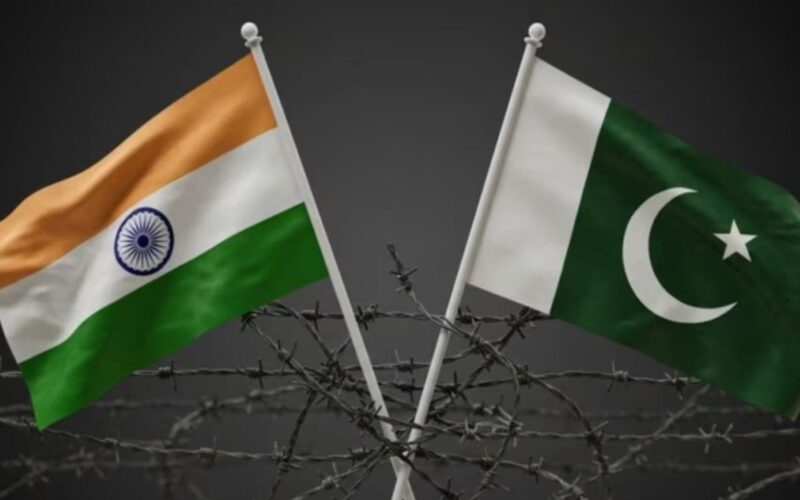New Delhi (Rajeev Sharma): The fragile peace between India and Pakistan is once again under intense strain, with recent events sparking fears that the neighbours could be inching toward another confrontation. The tension stems from a chain of incidents that began with the Pahalgam massacre on April 22, 2025, an attack that left 26 civilians dead and shook the nation’s conscience.
According to officials, terrorists clad in Indian Army uniforms infiltrated Baisaran Valley and opened fire indiscriminately on holidaying couples and tourists. The calculated nature of the assault, targeting mostly married men, underscored its brutality and left dozens of families shattered.
Operation Sindoor and Pakistan’s Response
In a swift and targeted countermeasure, New Delhi launched Operation Sindoor on May 7. The mission, aimed at neutralising terror camps in Pakistan-occupied Kashmir (PoK) and parts of Pakistan, struck multiple high-value targets linked to groups such as Lashkar-e-Taiba and Jaish-e-Mohammed.
India clarified that no Pakistani military installations were attacked, stressing that the operation was anti-terror in nature. Nevertheless, Pakistan retaliated with strikes of its own — attempts that were largely thwarted by India’s air defence systems. In the ensuing exchanges, several Pakistani bases sustained significant damage, and dozens of militants were eliminated.
War Talk Heats Up
Fears of escalation intensified after Pakistan’s Army Chief, General Asim Munir, issued an alarming warning during a speech in Tampa, Florida, hinting at possible “nuclear action” should Pakistan face an existential threat. Delivering such a message on U.S. soil was seen by analysts as a deliberate move to capture global attention.
On India’s side, Army Chief General Upendra Dwivedi warned that the country’s next war could arrive sooner than expected — and that victory would require the involvement of the entire nation, not just the armed forces.
Parallel Naval Drills in the Arabian Sea
Adding to the charged atmosphere, both nations have scheduled separate naval exercises in the Arabian Sea starting this week. Each has issued Notices to Airmen (NOTAM) outlining restricted zones for the drills, though the specifics of participating warships have not been disclosed. Military observers say such parallel manoeuvres are rare and symbolically significant.
Diplomatic Rift with Washington
Meanwhile, ties between Prime Minister Narendra Modi and U.S. President Donald Trump, once touted as close, appear to be deteriorating. Trump, who has repeatedly claimed personal credit for brokering the last ceasefire between India and Pakistan, has recently imposed back-to-back 25% tariffs on Indian exports. His comments in recent weeks have been far from diplomatic, raising questions about future U.S.–India cooperation.
For his part, Modi has made it clear that India’s farmers will not be compromised for trade concessions — a stance that has further cooled the rapport between the two leaders.
The Road Ahead
With hostile rhetoric, heightened military readiness, and a shifting diplomatic landscape, analysts warn that even a minor provocation could trigger a dangerous escalation. Whether the current tensions will spiral into open conflict remains uncertain, but one thing is clear — the India–Pakistan equation is once again at a critical and volatile juncture.

